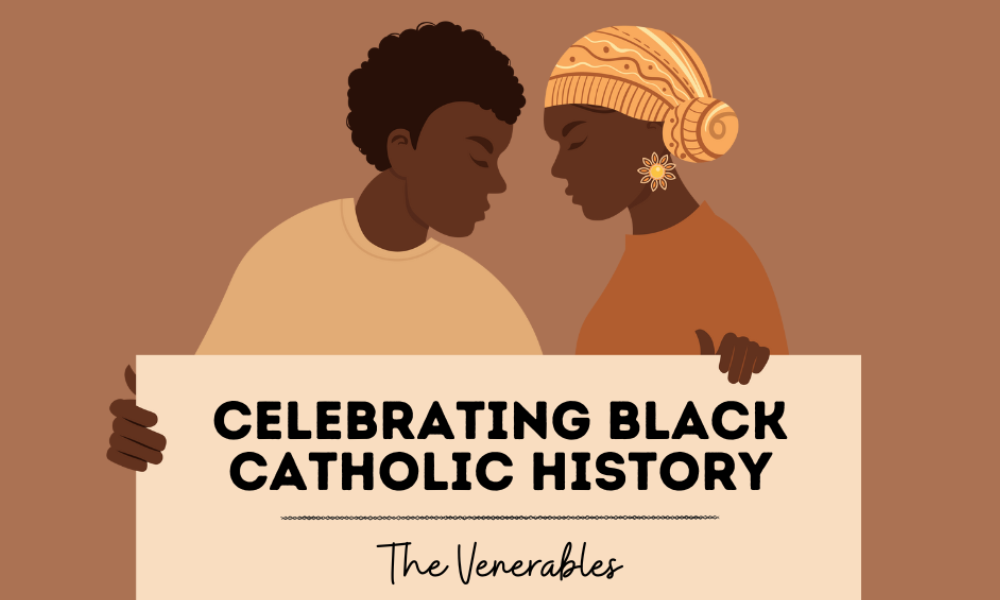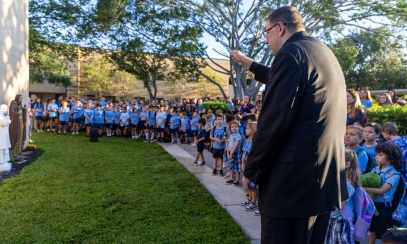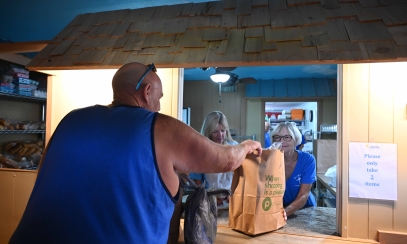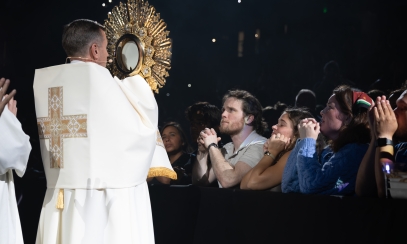
Black Catholics on the Road to Canonization: The Venerables
February 14, 2023 | There are a total of six Black Catholics on the canonization journey to join other Black and African saints and martyrs in the communion of saints. Having lived through slavery, all of these men and women of God have stories of faith that serve as inspiration for us to fervently pursue the Lord, no matter our station in life.
February 14, 2023 | There are a total of six Black Catholics on the canonization journey to join other Black and African saints and martyrs in the communion of saints. Having lived through slavery, all of these men and women of God have stories of faith that serve as inspiration for us to fervently pursue the Lord, no matter our station in life.
There are four stages to becoming a saint:
- Servant of God: A cause is presented to the Congregation for the Causes of Saints and is accepted.
- Venerable: Once the cause is approved, the Congregation for the Causes of Saints declares the person lived Christian virtues heroically.
- Blessed: The Congregation recognizes that the person is in heaven and requires that a miracle has taken place through the intercession of that person. The person is beatified at this stage.
- Saint: After beatification, another miracle due to the person’s intercession is needed. Once proven, the pope will declare the person a saint at a Canonization Ceremony.
These three Black Catholics are in the second stage on the journey to becoming a saint.
Henriette Delille (1812-62)
Henriette had a religious experience at age 24 that led her to writing rules for devout Christian women, eventually establishing the Society of the Holy Family in 1842 that nursed the sick, cared for the poor, and provided education. This group served as godmothers and witnessed many marriages, and also opened their home to elderly women in need of consistent care. It became the first Catholic home for the elderly of its kind. Additionally, the society cared for the sick and dying in New Orleans during the yellow fever epidemics of 1853 and 1897. Henriette was devoted to leading a holy, prayerful life in servitude to the enslaved and the free through this work. She was declared venerable by Pope Benedict XVI in 2010.
Father Augustus Tolton (1854-97)
Augustus was born to slaves, and while his father died fighting in the Civil War, his mother pursued his dream of freedom for their family and crossed the Mississippi River. After settling in Illinois, Augustus and his siblings were tutored privately by the Sisters of Notre Dame because of their race. Augustus expressed interest in the priesthood but was turned away from each seminary – because he was Black – until he was accepted by Franciscan College and completed his seminary training at Pontifical Urban University in Rome two years later. He became the first priest of African descent to serve in the United States and paved the way for future Black Catholics, serving people of all races even though it was not legal for him to do so at the time. Father Augustus was known for his mild-mannered nature, pastoral charity, and indiscriminately loving all people in spite of the bigotry he faced. He was declared venerable by Pope Francis in 2019.
Pierre Toussaint (1766-1853)
Born a slave in Haiti in 1766, Pierre moved to New York City with his master’s son due to political unrest. In New York, Pierre learned hairdressing and worked in the homes of wealthy women, eventually supporting himself, fellow slaves, and his master’s wife when his master died. He was freed shortly before the widow’s death in 1807, and four years later Pierre married and was able to purchase the freedom of his wife. He was known for his generosity, donating to charities, opening his home to orphans to educate them and to abandoned people in need of nursing. Despite the encouragement from others to retire and enjoy the wealth he had accumulated, Pierre said, “I have enough for myself, but if I stop working I have not enough for others.” Pierre Toussaint was declared venerable by Pope John Paul II in 1997.
Candace Bryant-Lester is the assistant editor at FAITH Catholic.



